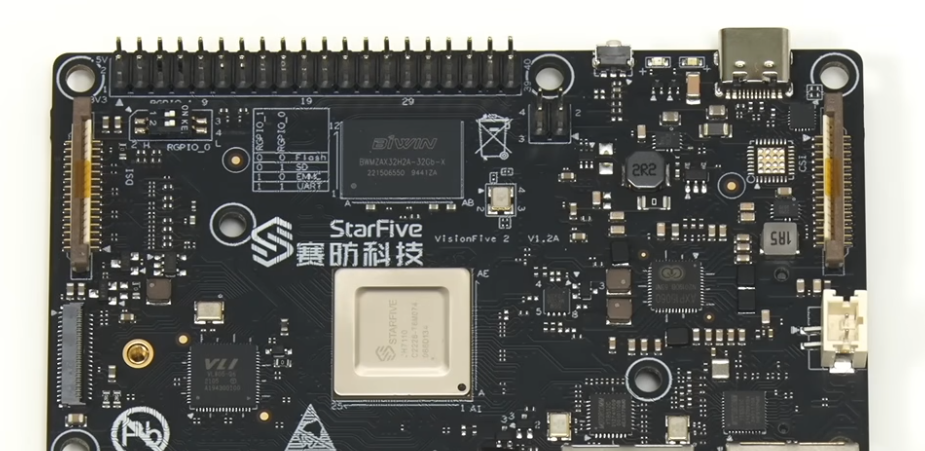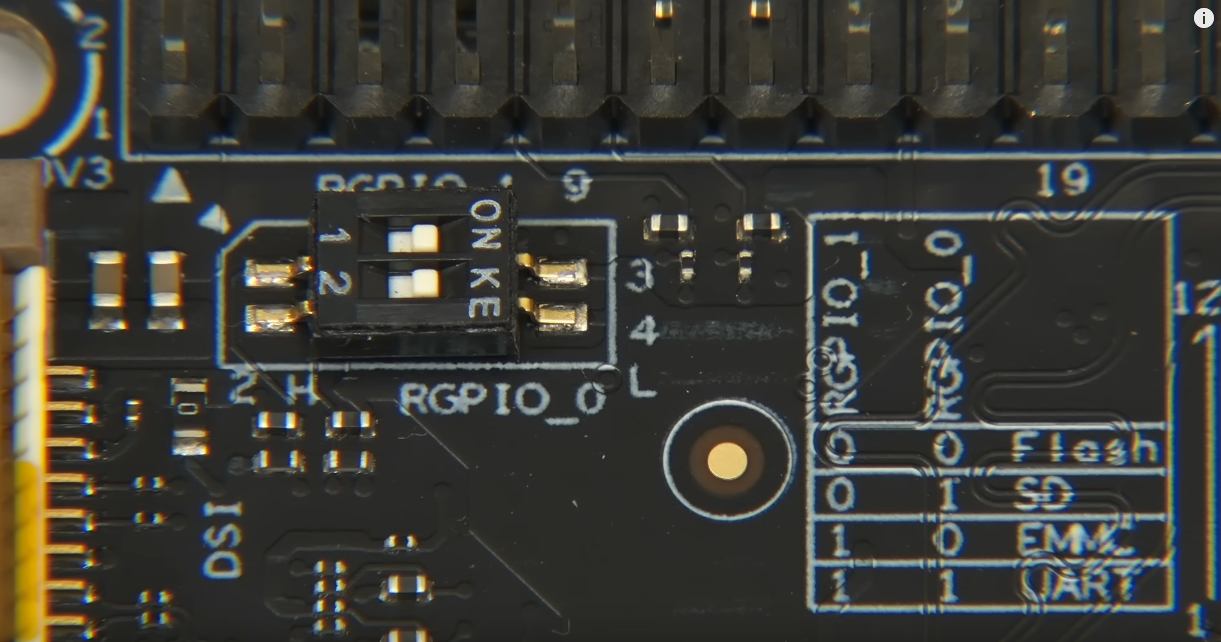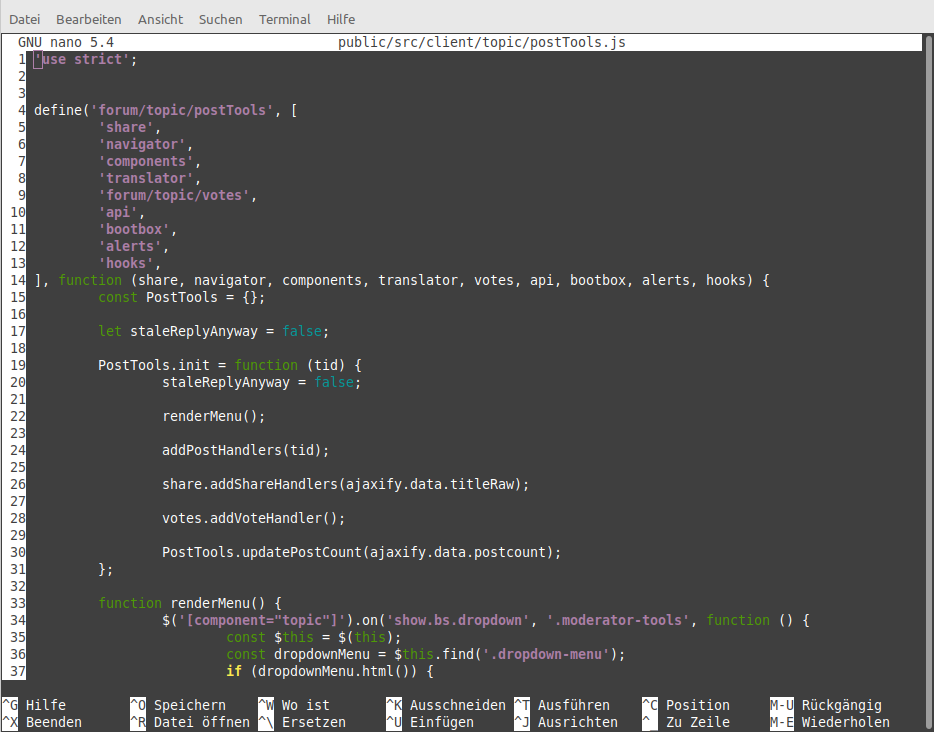StarFive - VisionFive 2
-
Dieses Board könnte richtig interessant werden. Interesse bei mir alleine schon wegen der zwei LAN Schnittstellen vorhanden.
Noch mehr Interesse, da es ein Debian gibt und das gegen den Mainline Kernel entwickelt wird (wenn ich das richtig verstanden habe).
Noch viel mehr Interesse, da man eine NVMe SSD auf der Rückseite montieren kann

Ok, da es sicherlich noch viele Monate dauert, bis die Software ausreichend funktioniert, haben wir ja noch was Zeit mit Shoppen.
Und hier erklärt er noch sehr schön, was RISC-V ist.
-
Github -> https://github.com/starfive-tech/VisionFive2/releases
Aktuelle finde ich nur die Doku für das Vorgängermodell.
6/8/10 UART
sudo minicom -D /dev/ttyUSB0 -b 115200Update: https://forum.rvspace.org/t/visionfive-2-quick-links/1376
-
-
Quick Start Guide -> https://doc-en.rvspace.org/VisionFive2/PDF/VisionFive2_QSG.pdf
Vision Five 2 Datasheet -> https://doc-en.rvspace.org/VisionFive2/PDF/VisionFive2_Datasheet.pdf





